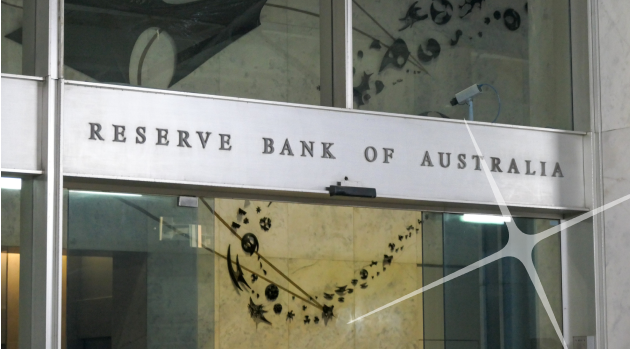AI’s Impact: Revolution or Risk for Australian Jobs?
The emergence of artificial intelligence (AI) is expected to significantly reshape the Australian job market. This article delves into the impact of AI on various professions, highlighting the job titles most affected and the broader implications for the workforce. Professions Most Impacted by AI Legal and Consulting Services: Lawyers and management consultants are among the groups most susceptible to AI advancements. AI's ability to process information and assist in decision-making will influence the nature of these roles, potentially enhancing productivity. Education and Training: Tertiary educators will face changes due to AI's growing role in personalized learning and educational content curation. Logistics and Supply Chain: AI's impact on logistics will involve optimizing supply chains and transport routes, directly affecting logistics teams. Policy and Counseling: Policy experts, psychologists, and counselors will see their roles evolve with AI. Tools like large-language models (LLMs) could assist in analyzing data and providing insights, changing the nature of these professions. Judicial System: Judges and legal professionals are expected to benefit from AI in terms of productivity gains, especially in document drafting and information processing. Customer Service Agents: AI, particularly in the form of chatbots, is predicted to take over many customer service roles. Research suggests that AI could become the main customer service channel for a significant number of companies in the near future. Accountants: The accounting sector is expected to undergo major changes due to AI. A Goldman Sachs report predicts a substantial number of accounting jobs worldwide could be lost to AI, reflecting a broader trend of automation in this field. Graphic Designers: With the advent of AI tools capable of creating designs and images, graphic design jobs are at risk. Developments in AI-driven design tools indicate potential economic challenges for professionals in this sector who may struggle to adapt. Trading and Investment Jobs: AI is increasingly capable of performing tasks typically done in trading and investment roles, such as Excel modeling and data analysis. This automation could lead to a reduction in jobs in these fields. Finance Jobs: Financial advisers and analysts are also at risk, as AI systems become more adept at identifying trends and examining investment portfolios, tasks traditionally performed by humans in the finance sector. Market Research Analysts: AI's ability to analyze data and predict outcomes poses a threat to market research analyst jobs. These roles, which rely heavily on data analysis, are areas where AI could potentially take over. Media Jobs: The media industry, especially roles related to content creation and analysis, is facing the risk of AI replacement. AI's ability to read, write, and understand text-based data is advancing rapidly. Economic and Social Implications Labor Policies and Protections: The Australian government and labor unions are actively developing strategies to mitigate the impact of AI on workers. This includes creating bodies to oversee automation and supporting retraining and skills development for affected sectors. Market Predictions: Research predicts that around 40% of high-routine and low-skilled tasks in Australia will be automated by 2025-2030. However, there's an expectation that jobs requiring creative and artisanal skills will be in higher demand. New Job Creation: Despite concerns about job losses, historical trends and current research suggest that AI may create more jobs than it displaces. New roles like online chaperones, RC vehicle operators, and social media bullying experts are expected to emerge. Gender and Educational Disparities: The AI revolution is likely to affect occupations with a higher share of female workers and those requiring higher educational qualifications more profoundly. Economic Growth: The AI market in Australia is projected to grow substantially, from AUD 33 million in 2016 to AUD 1,980 million in 2025, indicating a significant economic opportunity. International Comparisons: Australia's approach to AI regulation and development is being shaped in part by developments in other regions, such as the US and European Union. The integration of AI into the Australian job market presents both challenges and opportunities. While certain professions are set to undergo significant changes, the overall impact on employment may be more nuanced, with a shift towards more knowledge-based jobs and the creation of new roles. Balancing the economic benefits of AI with the need for worker protection and skill development will be crucial in navigating this technological evolution. References SMH: "Labor, unions move to protect workers who could lose jobs to AI" (link) AFR: "Growing artificial intelligence use to shake up about 500,000 Australian jobs" (link) IT Recruiter: "How AI will impact Australian labor market, and how many jobs will die because of it" (link) 9news: “The jobs at most risk of being replaced by artificial intelligence” (link) Disclaimer: The information provided in this article is for general informational purposes only. While we strive to keep the information up-to-date and accurate, we make no representations or warranties of any kind, express or implied, about the completeness, accuracy, reliability, suitability, or availability with respect to the article or the information, products, services, or related graphics contained in the article for any purpose. Any reliance you place on such information is therefore strictly at your own risk. Readers are encouraged to conduct their own research and consult with professionals in the relevant field before making any decisions based on this information.
Read More




